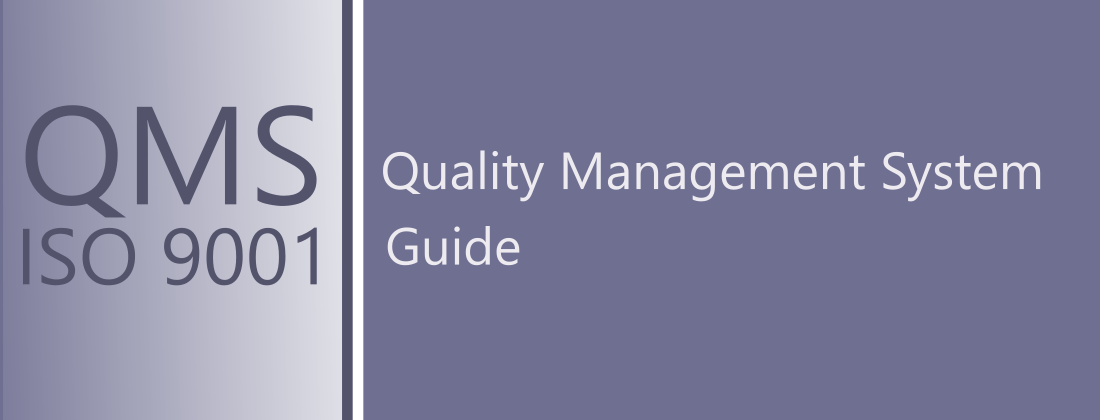The CE mark placed on the product is a proof that the product meets the specific requirements contained in the New Approach Directives, which are harmonized regulations of the European Union. Meeting the requirements specified in the directive proves that the product placed on the market is safe, does not endanger human health and life, and is safe for the environment. Conformity assessment may be performed by the manufacturer himself, or if it results from the directive, he must use the services of any Notified Body based in the European Union in the conformity assessment procedure. After the assessment, a document called the CE Declaration of Conformity is issued, which is a proof of compliance with the requirements of the Directives listed therein and on the basis of which the product can be placed on the market. In the case of medical devices, the relevant directive is Directive 93/42 / EEC. It should also be noted that completely separate directives apply to in vitro diagnostic medical devices and active implantable medical devices.
The reference to the above Directives in the declaration of conformity informs at the same time about the intended use of the product, which is very important, e.g. in the amount of the imposed VAT.
The most important act from the point of view of medical devices is the Act on Medical Devices of April 20, 2004, which implements the above-mentioned New Approach Directives and relevant regulations.
In order for the devices to be called medical devices, they must comply with the definition of the device included in the Medical Devices Act of April 20, 2004, they must meet the parameters provided by the manufacturer and be designed and packaged in such a way as to fulfill the function of a medical device.
When preparing a medical device for the conformity assessment procedure, the basis is to classify such a device. The basic criterion of division is the duration of contact of a given product with the patient or a person using the product on its own, followed by the degree of invasiveness of a given product. When classifying a medical device, 18 rules apply to both non-invasive and invasive devices, and there is also a group of devices, e.g. blood bags, to which special rules apply.
The Medical Device should then be classified into one of four classes. Only in the case of Class I, it is not necessary to use the services of a Notified Body for the conformity assessment procedure, and the entire process is carried out by the Manufacturer.
The basic structures in the conformity assessment process (excluding Class I products) are the institutions responsible for certification, verification of laboratories conducting product testing and verification of the quality systems used by manufacturers.
Conformity assessment is carried out in accordance with modules A-H, which constitute annexes to the act. The proof of compliance with the essential requirements is a checklist, which should refer to all documents containing confirmation of compliance with the essential requirements, as well as a risk analysis report, which should indicate that everything has been done to reduce the risk associated with the nature of the product.
The documentation constituting the basis for the conformity assessment is required to include a description of the product, construction and technological documentation, risk analysis, results of design tests, results of environmental tests, clinical tests as well as marking and indications for use.
It should be remembered that the funds used for the safety of the product are always an excellent investment, which has an impact on the reception of the product brand, and thus on the measurable profits of the Manufacturer.
autor: MJ






